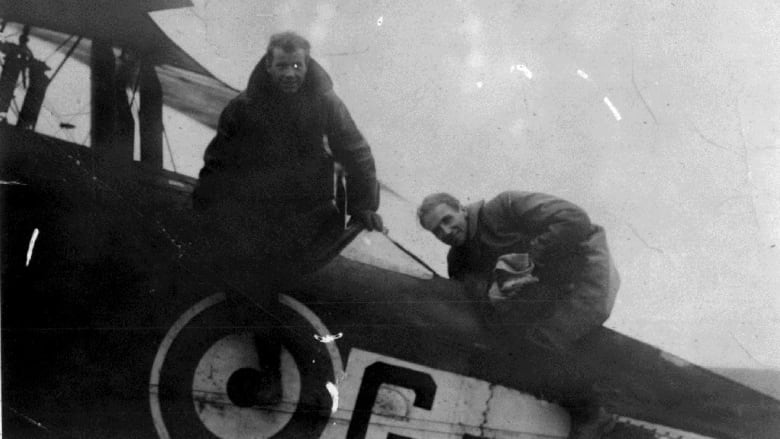
This week marks the hundredth anniversary of the first trans-Canada flight, a remarkable feat for the time. A group of pilots, flying a series of different aircraft, flew 5,400 km from Halifax to Esquimalt in October of 1920, not quite 17 years after the Wright brothers hopped a little more than 30 metres on a beach in North Carolina. “It was a pretty amazing feat,” John Orr, a retired RCAF colonel and historian at the Shearwater Aviation Museum, told the CBC. The trek was organized by the newly-formed Canadian Air Board which was made up of mostly First World War pilots who experienced the technological revolution that was going to fundamentally change society first hand.
The board’s intention was to demonstrate to the public that aviation was a viable and desirable thing to pursue in Canada. “[They] knew that they had to convince the Canadian public, and perhaps more importantly, the Canadian politicians, that aviation was the way to go and it would open up Canada, as in fact it did,” Orr said. They had planned to fly the route in 48 hours but weather and the nascent technology of the day pushed the duration to about two weeks. Remarkably, none of the pilots was hurt and no airplanes were lost despite some close calls.
